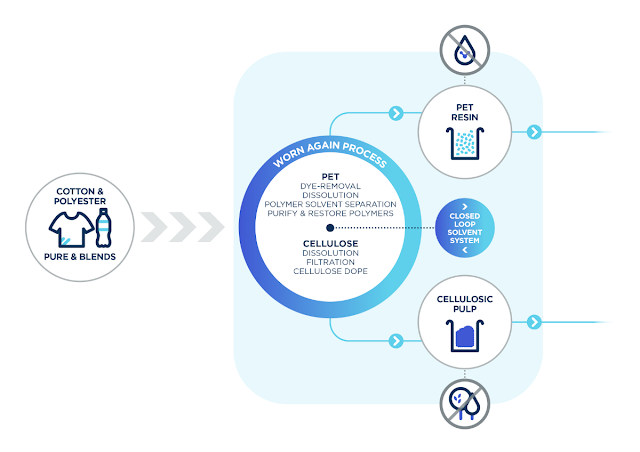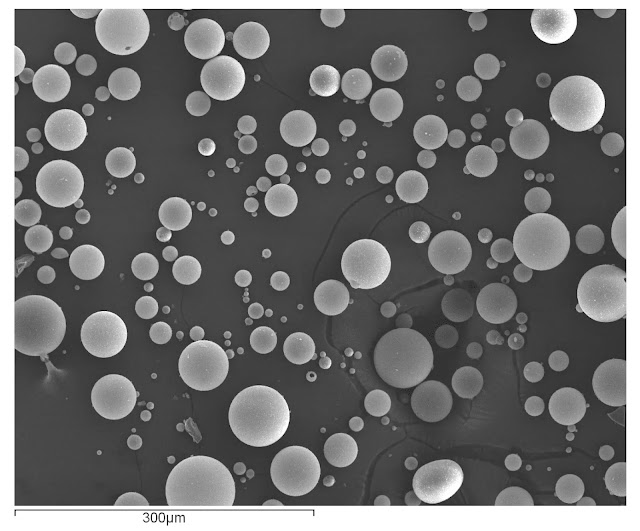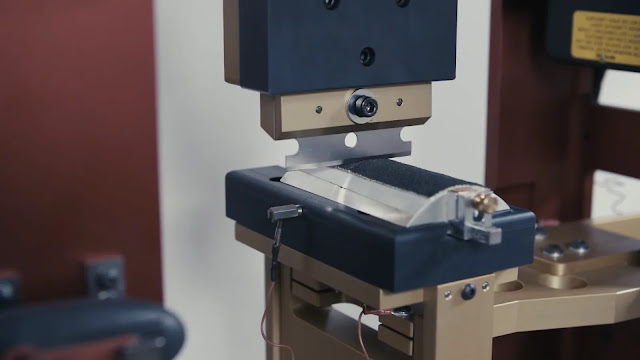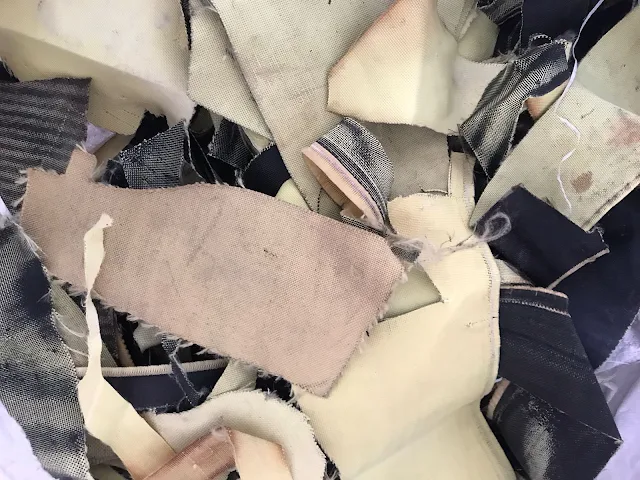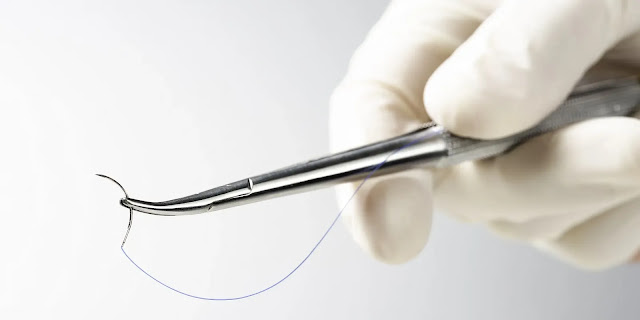Crearting Hollow NanoFibers
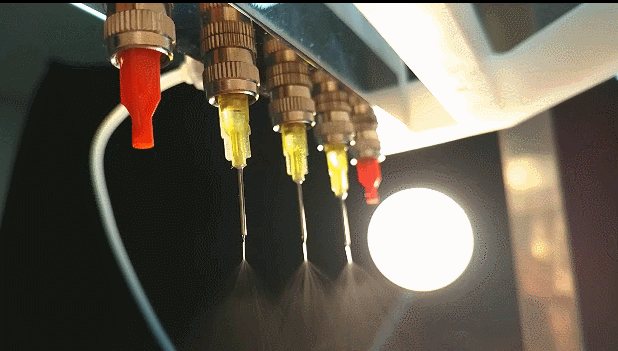
Electrospinning is a technique used to produce nanofibers from polymer solutions or melts. The process involves creating an electric field between a liquid polymer source and a grounded collector, which results in the stretching and solidification of the polymer into ultrafine fibers as the solvent evaporates.

